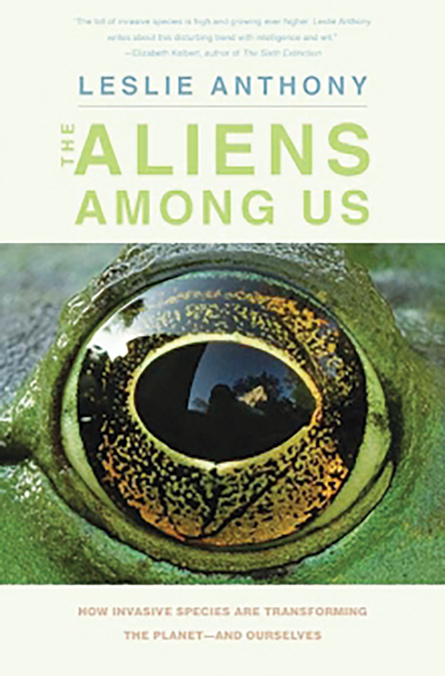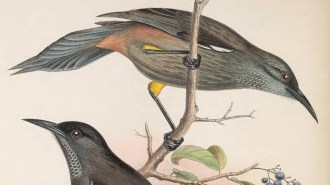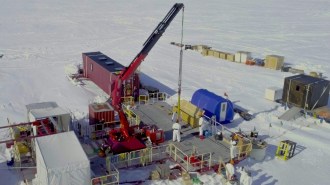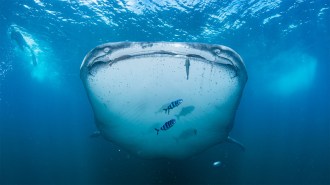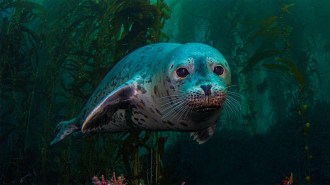Invasive species are a growing global threat
New book blames invasions on climate change and humankind
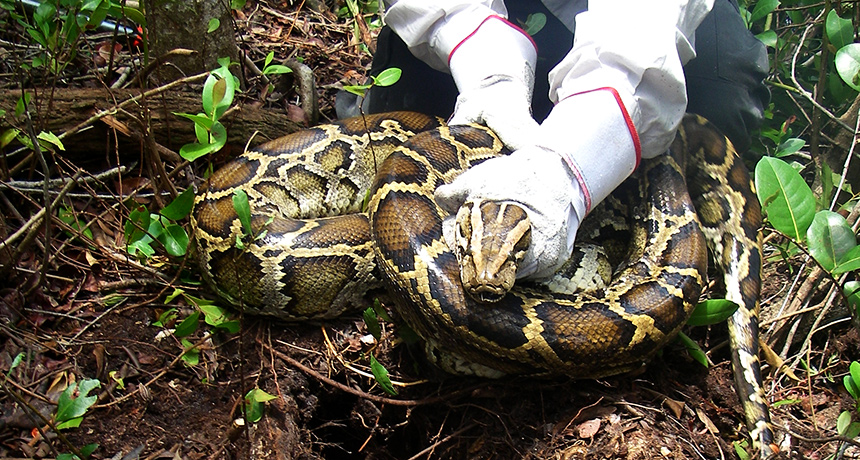
ALIEN INVASION Burmese pythons, just one of the invasive reptiles now found in southern Florida and discussed in a new book, are consuming large numbers of mammals in the Everglades and nearby ecosystems.
Jemeema Carrigan, Univ. of Florida, USGS
